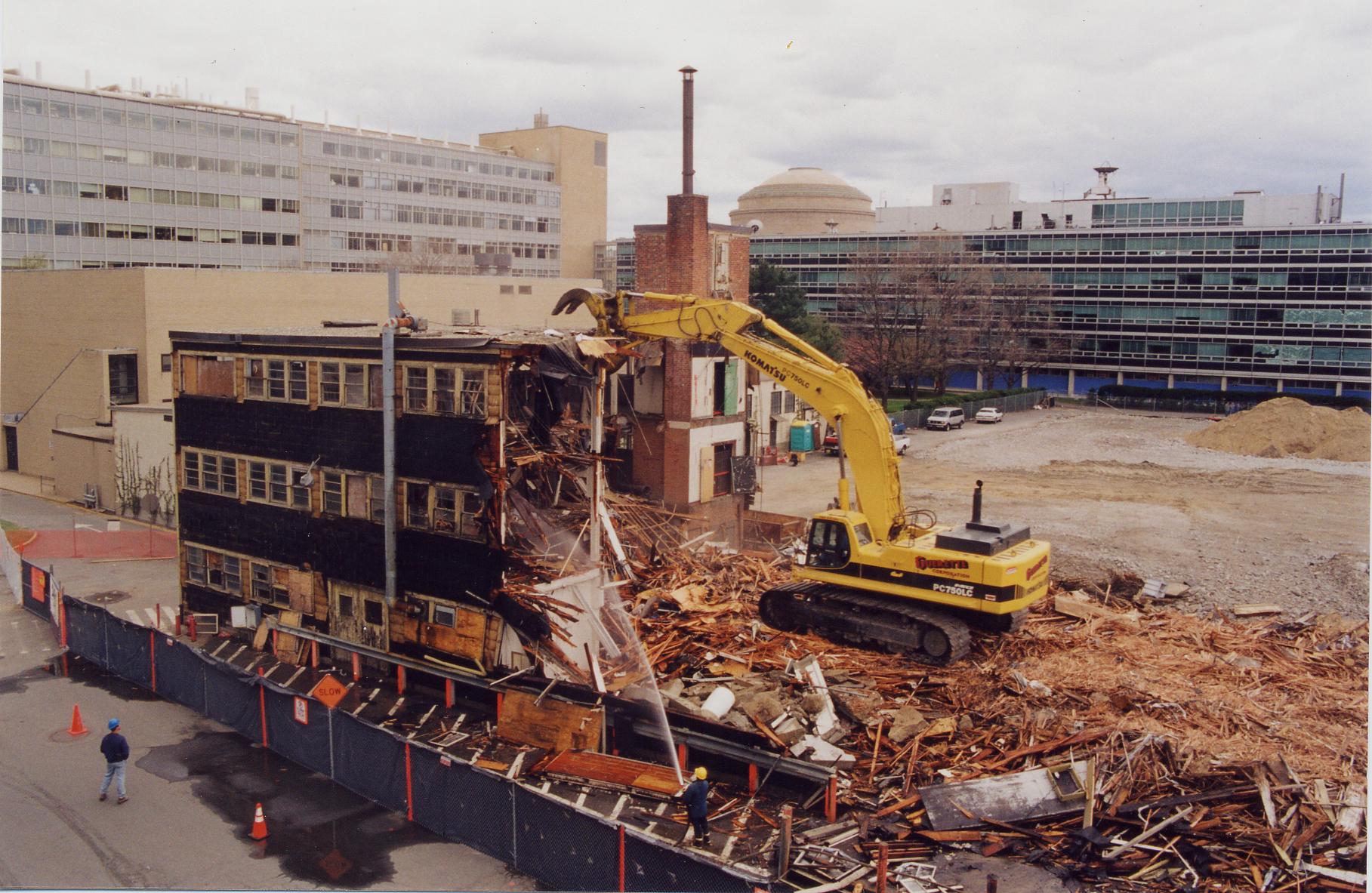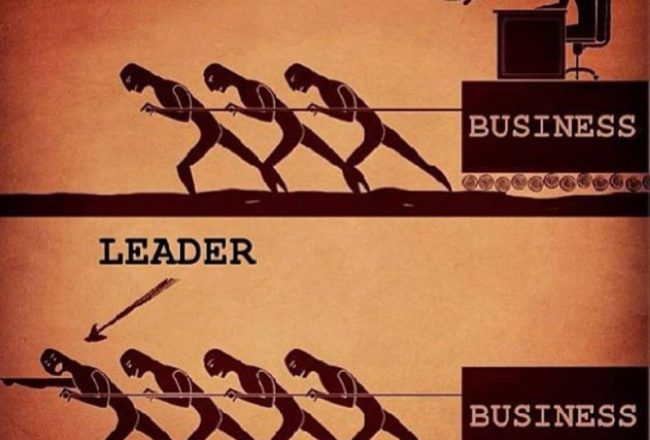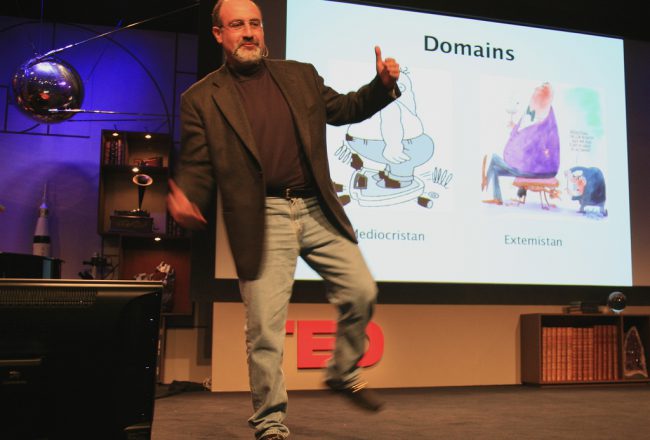Building 20 was a “hastily erected” wooden building at MIT during World War II as an emergency war measure to house the scientists collaborating to work on technology for the war. It was always considered “temporary” during it’s 50+ years of existence and never received a formal name. But it housed some of the world’s greatest scientists who had breakthrough after breakthrough while working in this ramshackle building. In his meandering but insightful exposition on how disorder has often led to great things, Tim Hartford including Building 20 as one of his prime examples, pointing to the building’s hodge podge of different scientific disciplines, to the poorly thought out office numbering which lead to people getting lost
This absurdly inefficient way of organizing a building meant that people were constantly getting lost and wandering into places they didn’t intend to go. Better still, because Building 20 was low-rise and sprawling, when chance meetings occurred, they didn’t happen in elevators, the eternal home of the glib, tidy monologue we call the “elevator pitch.” They began in long corridors, where a genuine conversation could develop.
More important, the combination of people who could have those conversations was strange and wonderful. In the early 1950s, Building 20 contained departments that were wartime holdovers—nuclear science, flight control, the “Guided Missiles Program Office”—but also plastics research, the adhesives lab, the acoustics lab, the electronics lab, and even an outpost of the architecture department: a lighting design shop…
This unlikely mess made possible chance interactions among innovative researchers that paid such spectacular dividends. Who would have guessed that throwing the electrical engineers in with the Model Railway Club would result in hacking and video games? Or that the electronics specialists, the music department, and the acoustics lab would end up spawning technology pioneers such as the Bose Corporation and Bolt, Beranek and Newman? Nobody would have guessed, and nobody tried to guess, either. The hodgepodge of Building 20 was the result of simple expedience and neglect…
But also important, perhaps more so, was that the building’s occupants felt empowered to make changes:
Another key element of Building 20’s success was that the space was easy to reconfigure. Its services—water, phones, electricity—were exposed, running along the corridor ceilings, supported by brackets. This was ugly but convenient. Researchers thought nothing of tapping into them directly for whatever experimental needs they had. Paul Penfield, a longtime occupant of Building 20, recalled: “You know that if you want to run a wire from one room to another, you don’t call Physical Plant, you don’t plunk down a thousand dollars to call an electrician and a carpenter, instead you get out a power drill or a screwdriver, and you jam it through the wall, and you string the wire, and you take care of things right away, and you do it in one afternoon, rather than waiting six months for a purchase order to come through.” …
Building 20’s true advantage wasn’t so much that it was reconfigurable by design, but that the building’s inhabitants felt confident that they had the authority (if only by default) to make changes, even messy changes. It was that it was so cheap and ugly that in the words of Stewart Brand, author of How Buildings Learn, “Nobody cares what you do in there.”
Tim Hartford in Messy: The Power of Disorder to Transform Our Lives (p. 76-79). Penguin Publishing Group. Kindle Edition.




No Comment